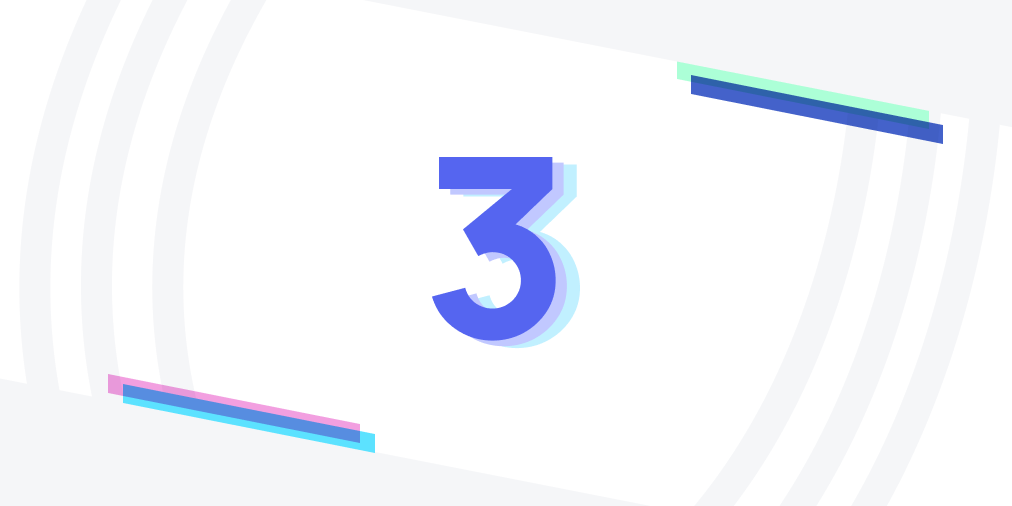With more and more of the internet being controlled by large tech corporations, and with a greater emphasis on data usage & privacy, a decentralised internet could be just around the corner. Before we dive into Web 3.0, it is important to understand Web 1.0 and Web 2.0 infrastructure, and how it's evolved over the past 33 years.
What is Web 1.0?
Web 1.0 refers to the first stage of the World Wide Web evolution. Earlier, there were only a few content creators in Web 1.0 with a huge majority of users who are consumers of content. Personal web pages were common, consisting mainly of static pages hosted on ISP-run web servers, or on free web hosting services. In Web 1.0 advertisements on websites while surfing the internet were banned (can we bring this back please?)
What about Web 2.0?
Web 2.0 is what we know and occasionally love today. This version of the internet has allowed people to not only consume content online but also create and distribute content on privately owned platforms, such as YouTube, Instagram and TikTok. It has given rise to some great creator-driven ecosystems, such as Patreon and Nebula, providing a way for creators to interact with fans and get paid in a way that does not exploit user data. On the other end of the scales, we see behemoths such as Meta (aka Facebook) and Google, actively use user data in order to sell effective advertising. These large companies are walled gardens of infrastructure, with the data you give them being theirs to keep. The European Union introduced the GDPR in order to help ease the tight grip on user data, however, Web2 is still very much a centralised authority, with a few large players dictating the flow of data.
Web 3.0, and what it may mean for the world
With a lot of global concern around the lack of user data privacy, and recent events such as the Cambridge Analytica scandal, there is more and more focus on how the internet can, once again, be in the hands of the people.
Web 3 can be understood as the “read/write/own” phase of the Internet. Rather than just using free tech platforms in exchange for our data, users can participate in the governance and operation of the protocols themselves. This means people can become participants and shareholders, not just customers or products.
In Web 3, these shares are called tokens, and they represent ownership of decentralized networks known as blockchains. If you hold enough of these tokens, you have a say over the network/product. Holders of governance tokens can spend their assets to vote on the future of the product/service they are invested in.
This means the internet would be in the hands of the people again, with users owning a stake in the services they are interested in. This would help drive up the creator-driven economy we started with Web 2.0, and provide a trusted way for creators and businesses around the world to receive appreciation and funding for their services.
Having a decentralised, blockchain-based internet would also mean that your user data is back in your hands. Since your own unique key is used to sign all the tokens you are in possession of, your data can easily be scrubbed from the internet, and what you own, is yours to keep.
If you're interested in getting a head start with Web3 and blockchain technology, contact us today, and we'd be happy to explore this very new frontier with you!
